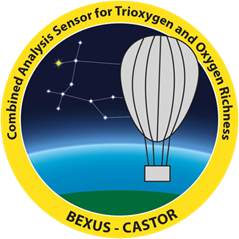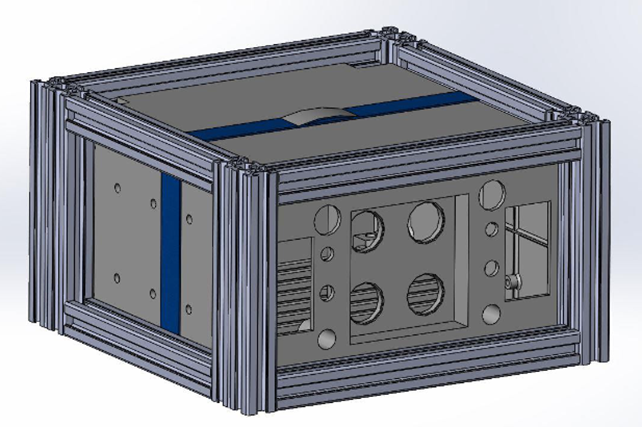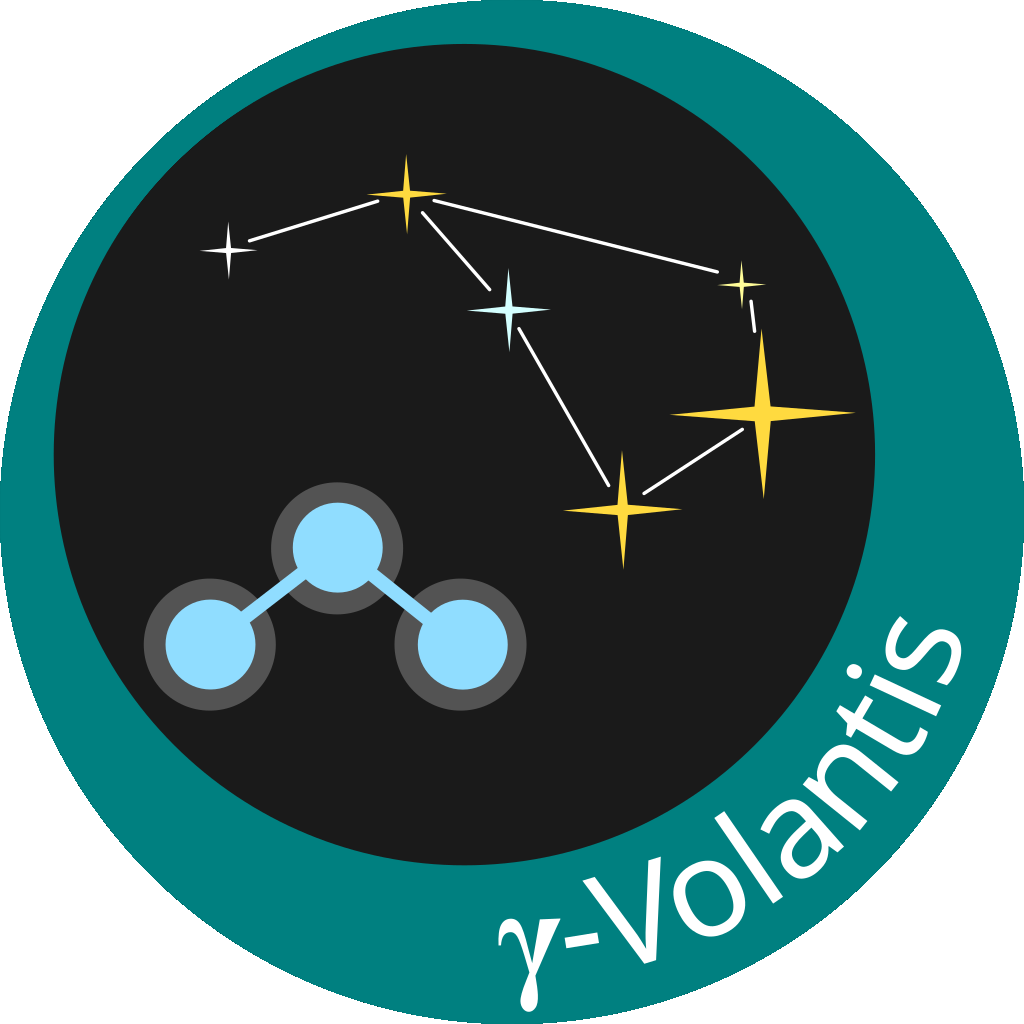What?
CASTOR (Combined Analysis Sensors for Trioxygen and Oxygen Richness) is an experiment that tests novel ozone and humidity sensors under realistic conditions and acquires measurements as part of the REXUS/BEXUS program for atmospheric research.
How?
The experimental sensors are carried in a sensor box by a stratospheric balloon to an altitude of 25-30 km. During the flight, these regularly measure the ozone and humidity content. Reference sensors of conventional design as well as pressure and temperature sensors are also on board to evaluate their functionality.


Why?
The measurement of ozone concentration and relative humidity play an important role in atmospheric research. The most important task of the ozone layer is to protect the earth's surface from harmful UV radiation. Humidity measurements are important for meteorological forecasts and climate research, among other things.
The newly developed and improved sensors exhibit no known cross-sensitivities and feature low-cost manufacturing, robustness and short response times. They will facilitate the measurement of ozone concentration and humidity in the upper atmosphere in the future.
Where and when?
The balloon will launch from the ESRANGE (European Space and Sounding Rocket Range) balloon and rocket launch site. ESRANGE is located near the city of Kiruna in northern Sweden. The campaign is planned for October 2023 - an exact launch date has not yet been set.
Who?
The experimental sensors were developed and improved at the Institute of Aerospace Engineering at Dresden University of Technology (TUD).
The experiment is planned, developed and carried out by members of the university group STAR Dresden from the TUD.
The sensors
The ozone sensor measures the partial pressure of ozone in the air by means of an electrochemical reaction of ozone to oxygen in an aqueous medium. The current flowing in the process is proportional to the ozone partial pressure.
The humidity sensor has an active medium made of carbon nanotubes. Due to the absorption of water vapor from the ambient air, the resistance of the medium changes depending on the relative humidity of the air.
Precursor project ϒ-VOLANTIS
In the ϒ-VOLANTIS experiment, previous versions of the experimental ozone and humidity sensors were tested within the BEXUS program. The basic functionality of the experimental sensors was confirmed, but they showed deviations from the reference sensors. The calculated overall correlation between the experimental humidity sensor and the reference sensor was 0.471 (Mean Correlation). No data could be obtained with the experimental ozone sensors due to technical defects. More info here.
